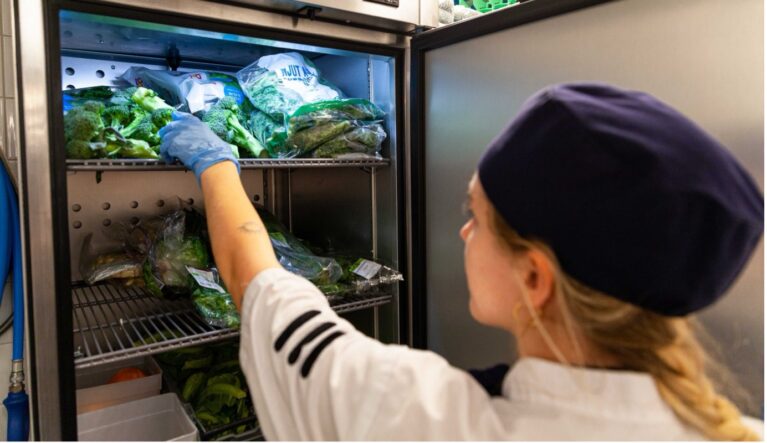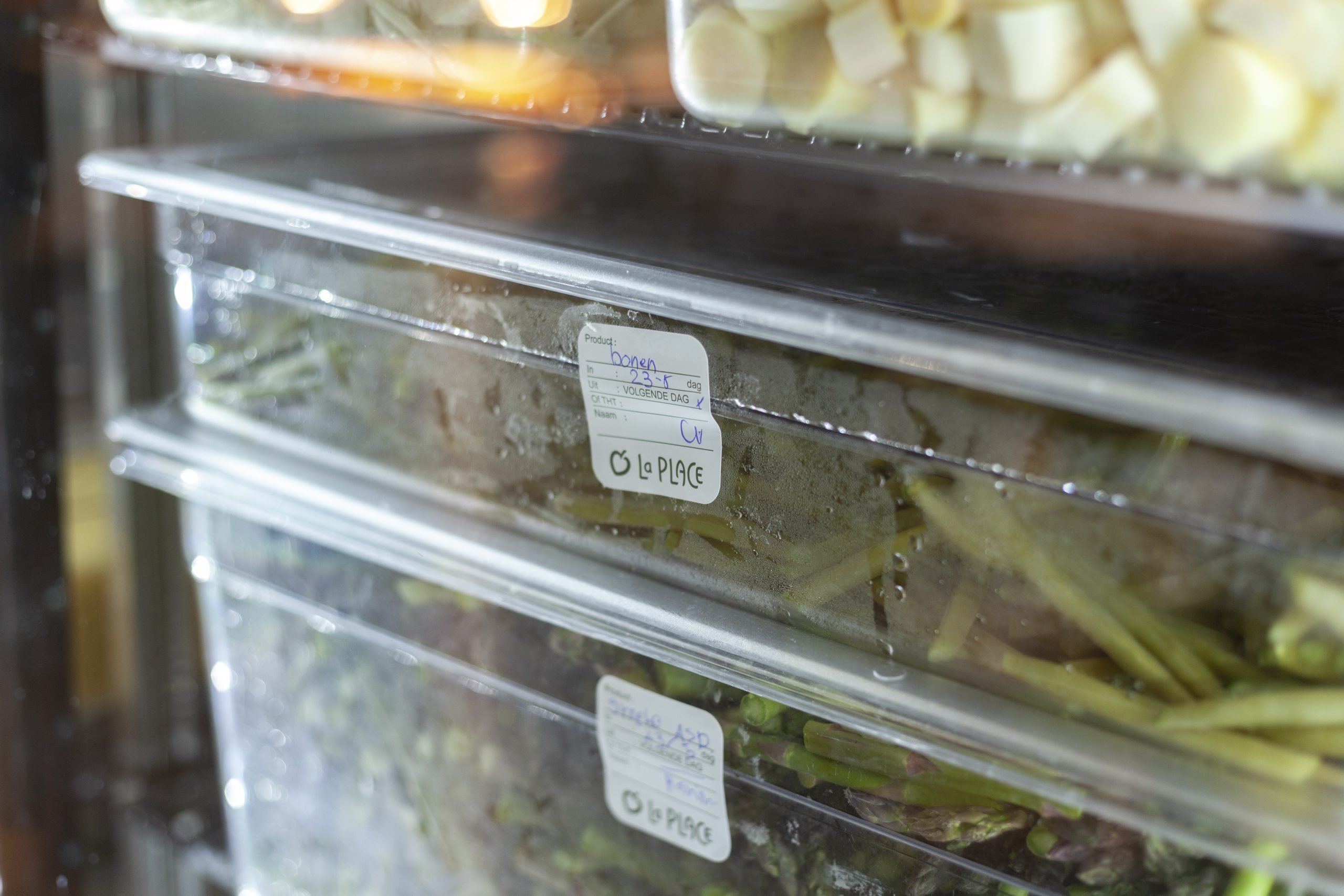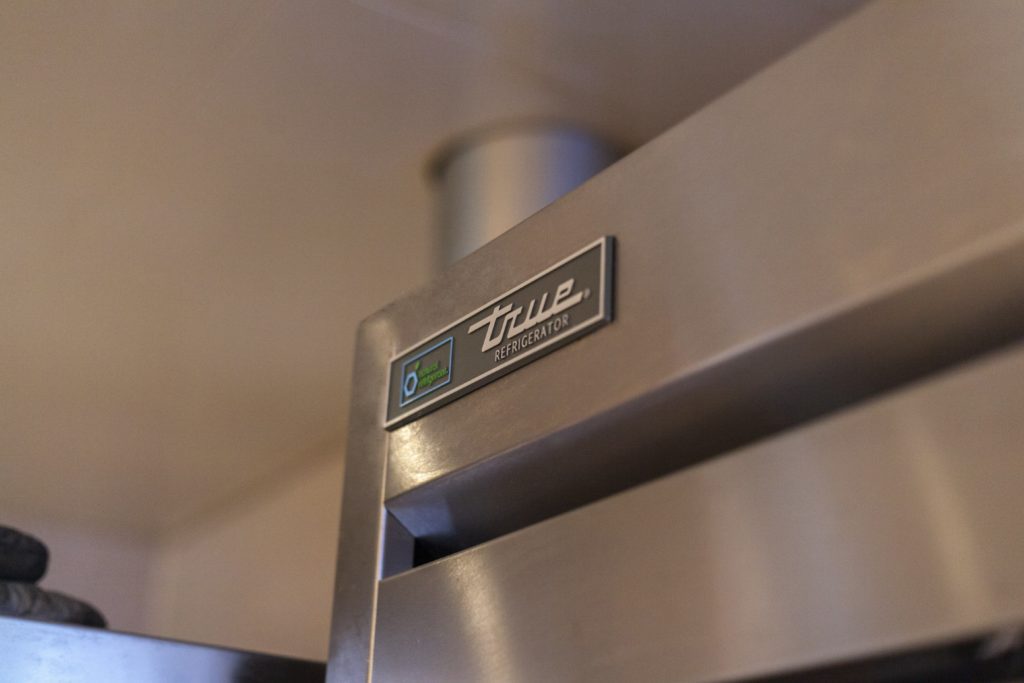Why you should choose True Refrigeration’s upright cabinets


Sick days delay work, causing projects to fall behind schedule. They create stress for other workers, who must make up for lost productivity. And, because other people may need to work overtime to make up for the time lost, they add to overtime bills.
A major cause for staff illness is food poisoning. Businesses big or small can be affected through improper food hygiene, often caused by food stored at incorrect fridge temperatures in the workplace.
According to the World Health Organization, an estimated 600 million – almost 1 in 10 people in the world – fall ill after eating food not suitable for consumption, directly impacting their ability to attend work.
In Germany, each person lost 18.3 working days due to sickness. In France, the average person lost 8.
While food poisoning can be particularly uncomfortable for staff, it presents a real problem for those in charge.
As well as managing the loss in workforce, businesses must ensure environments in which staff can store and prepare their food are both safe and compliant with standards.

Keeping food at a safe temperature is a simple and effective way to protect employees from foodborne illnesses. It’s your responsibility to prepare and hold food out of the temperature danger zone and keep fridge temperatures in the workplace safe, no matter the size or scale of your business.
The ideal temperature range for food storage in a refrigerator falls within a narrow 33 and 40 degrees F range (0.5 – 4 degree C). The temperature danger zone is food temperatures between 41 and 135 degrees F (5 – 57o C), and the most rapid bacteria growth occurs between 70 and 125 degrees F (21 – 51o C). The longer food sits in this temperature range, the greater the risk that bacteria will begin to grow on your food.
As these bacteria reach unsafe levels, this can cause food to spoil and become dangerous for consumption. As a business owner, it’s your responsibility to avoid these issues by ensuring food is quickly chilled or heated to food safe temperatures and preventing risks to health for your employees.
If you work in a smaller business with smaller refrigeration units, having a fridge thermometer can help gauge what the current temperature is. Keeping an eye on food in the refrigerator is also helpful – ensuring products are used while still in date and loaded properly.
A fridge loaded with product works at peak efficiency but at the same time look to see that the fridge is not stuffed completely full top-to-bottom or front-to-back with products. Be sure to allow airflow around the various food items.
Many workplaces have a variety of shared refrigerators in which staff store many ‘unknown’ items, including leftovers, raw meats, and dairy.
While these items are safe to be stored for a few days, it is important that products are consumed or discarded to ensure that nothing is eaten past its sell-by date, able to contaminate other food, or left for months to fully expire.
Another thing to consider about shared refrigeration is the constant use. Relentless opening and closing of doors can often affect the temperature of the food being stored, preventing it from being as fresh as possible and therefore posing a food hygiene risk – further stressing the importance of correct fridge temperatures in the workplace.
Shared refrigeration must be inspected regularly for any food that has expired to prevent illness.

When refrigerators in the dining area are being opened and closed on a regular basis, it’s imperative to ensure the refrigeration equipment is not only robust enough to withstand constant use, but also efficient enough to maintain a constant, food safe temperature.
Through extensive development and testing, True balances hydrocarbon refrigeration systems with the latest in energy efficient components and its own patented technologies. Our products maintain consistent, accurate and safe storage temperatures, even in the most demanding foodservice environments. This makes our products highly energy-efficient and environmentally-friendly, without sacrificing on performance or food safety.

We understand the importance of preventing staff illness by choosing the right equipment for your workspace. With nearly 75 years of experience and know-how, we’ve been creating equipment designed around customer needs for decades, helping you to keep food at safe fridge temperatures in your workplace.
We can offer practical advice and refrigeration that can keep your kitchen space both food safe and practical. For the latest, register for regular insights here.